Great news for fans of Pennsylvania’s beloved blue and gold markers – there are going to be more of them soon! At the March 9th meeting, the Pennsylvania Historical and Museum Commission recently approved 23 new historical markers. Many of the marker applications and approvals were from Philadelphia County this year so we’re anxious to get some great nominations next year for subjects of statewide and/or national significance in Pennsylvania’s other 66 counties! The Marker Program encourages broad distribution, so individuals and organizations from across the commonwealth are encouraged to research their history and develop nominations for people, places, events, and innovations in their own area. We know there is more history out there to share!
In Philadelphia County…
Subjects that received approval in Philadelphia were quite varied this year:
Barbara Gittings, an early LGBT leader who was instrumental in having homosexuality removed from classification as a mental illness and promoting the inclusion of gay publications in libraries across the nation;
Baruch S. Blumberg, Nobel Prize recipient in 1976 for identifying the hepatitis B virus and developing its diagnostic test and vaccine;
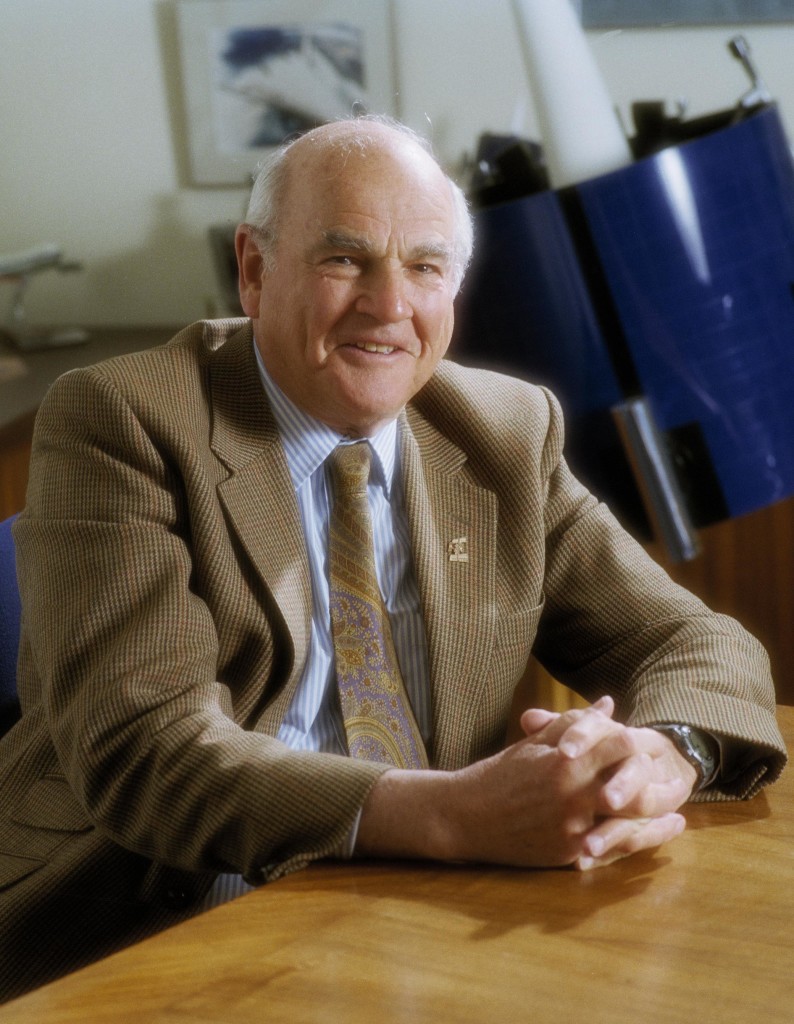
A NASA portrait of Dr. Baruch Blumberg in 1999.
The Dixie Hummingbirds, a nationally recognized soul gospel music group, they were on the cutting edge of the genre for 30 years, influencing artists such as: the Temptations, Stevie Wonder, and James Brown;
Harvey Pollack, basketball statistician for the NBA, Pollack developed a system of record-keeping adopted across the league and revolutionized the way players were assessed that impacted coaching, recruiting, trading, and strategic play;
Hotel Brotherhood USA, one of the earliest African American labor unions established in 1883 that protested pay inequities as compared to white workers, established benevolent aid fund for members, and spawned chapters in many major US cities;
Insurance Company of North America (INA), the first incorporated stock insurance company in the nation, established in 1792, INA was the first company to insure the contents of a building from fire and pioneered the Homeowners Insurance Policy;
Penn’s Landing: Arrival Point of First Africans, the first slave ship arrived at the port in 1684 carrying African slaves to William Penn’s newly established colony. Although known as a state of many prominent abolitionists, slavery was an institution in early PA history;
Philadelphia Ronald McDonald House, established in 1974, the institution houses the families of hospitalized children for free and has expanded to over 350 houses throughout the US and in 38 countries.
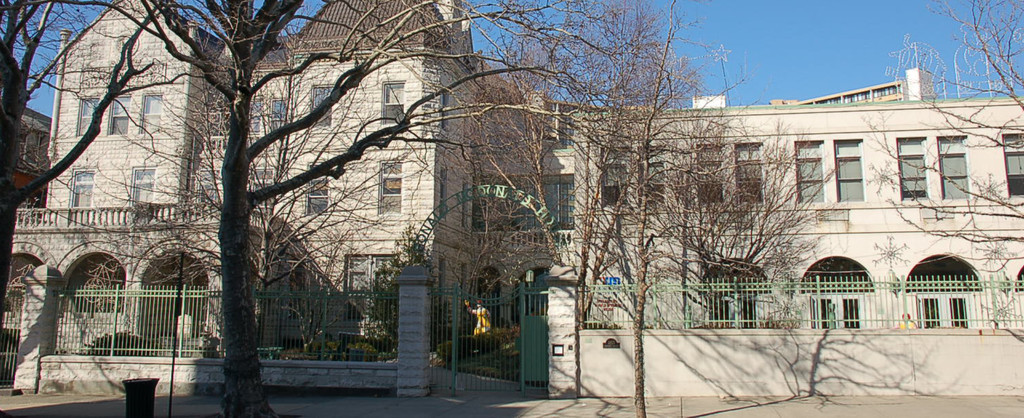
Philadelphia’s Ronald McDonald House. Image from www.philarmh.org/
Elsewhere in Pennsylvania…
Other markers approved across the Commonwealth include:
Century Farm Program (Towanda, Bradford Co.) – a statewide program, which was featured in the PA SHPO’s booth at this year’s Farm Show, administered by the Dept. of Agriculture to recognize PA farmers whose property has been in the same family for 100 years or more;
Chief Cornplanter (Oil City, Venango Co.) – a Native American leader in the late 18th and early 19th centuries. Cornplanter was a key negotiator with the PA government and was granted several tracts of land for Seneca settlement in northwestern PA;

Chief Cornplanter, portrait by Frederick Bartoli, 1796.
Davies and Thomas Company (Catasauqua, Lehigh Co.) – originally organized as an iron foundry, the company began manufacturing iron plates for lining tunnels in the early 1900s and achieved widespread success due to their high quality and innovation;
Dr. Alice C. Evans (LeRaysville, Bradford Co.) – a bacteriologist who worked for the USDA promoting the pasteurization of milk and was instrumental in the development of pasteurization laws passed in the 1920s;
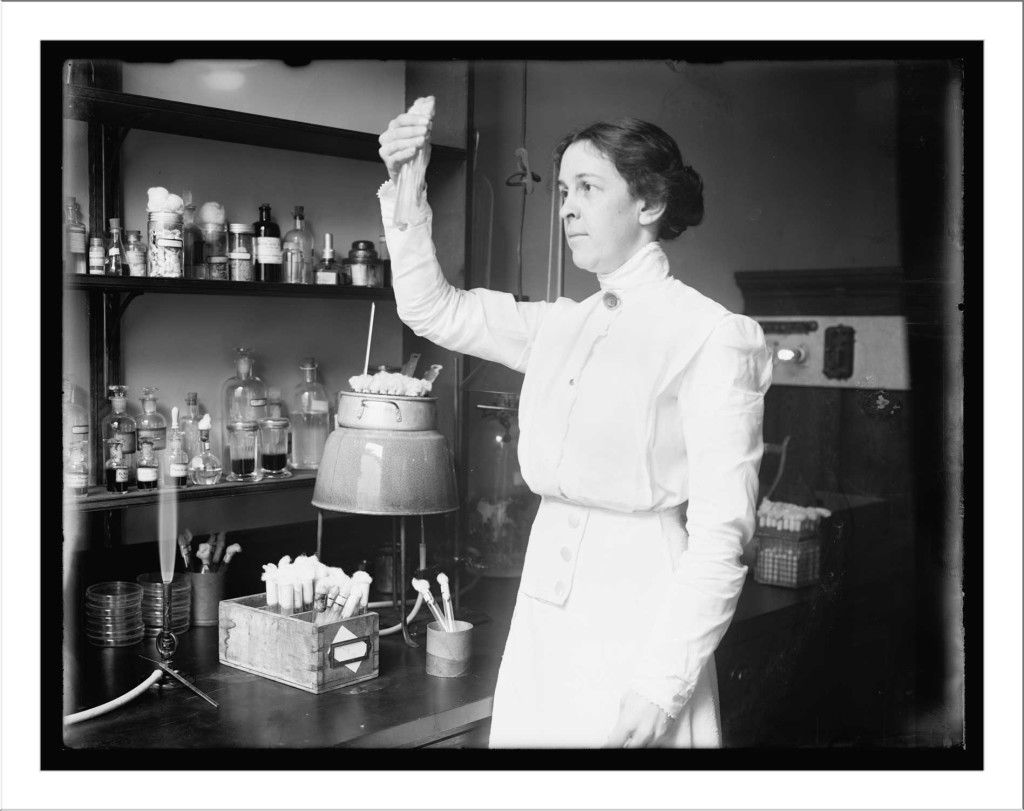
Alice Catherine Evans in the Dairy Division of the Department of Agriculture between 1910 and 1920.
Dr. Anna Elizabeth Broomall (Chester, Delaware Co.) – an early woman OB/GYN, she expanded and improved nurse training, organized one of the nation’s first prenatal clinics and perfected and promoted birth-related procedures that led to a reduction in mortality;
Father John Christian Frederick Heyer (Friedens, Somerset Co.) – a Lutheran pastor and first American Lutheran missionary to India, instrumental in the founding of the Lutheran Theological Seminary at Gettysburg, the country’s first; the
First Puddling Ironmaking Furnace in America (Menallen Twp., Fayette Co.) – the process pioneered in the US at this furnace in 1817 revolutionized the iron industry and greatly advanced the industrial revolution;
Fleetwood Metal Body Company (Fleetwood, Berks Co.) – one of the foremost custom car body manufacturers in the nation, Fleetwood started in PA in 1909 and remained for 20 years before becoming a subsidiary of General Motors;
Jackie Ormes (New Eagle, Washington Co.) – the first African American woman cartoonist, Ormes produced a nationally syndicated column in the 1930s for the Pittsburgh Courier and other newspapers that went against stereotype;

Cartoonist Jackie Ormes. Image from www.jackieormes.com
John S. Fine (Nanticoke, Luzerne Co.) – Governor of PA from 1951 to 1955, his administration instituted the first permanent sales tax in PA, ended segregation of the National Guard, and opened the State Police to African Americans;
Jonathan Letterman (Canonsburg, Washington Co.) – a Civil War doctor considered the Father of Battlefield Medicine whose principles are still used in modern warfare;
Pepper Hill Fire of 1938 (Sinnemahoning, Cameron Co.) – a tragic incident in which an untrained Civilian Conservation Corps unit was sent to fight a forest fire, it is used as a case study in training today and principles of wild land firefighting were developed as a result;
Ruth McGinnis (Honesdale, Wayne Co.) – a billiards prodigy who was the Women’s Pocket Billiard Champion of the World from 1932 to 1940, toured the US with Willie Mosconi, and soundly defeated the great athlete Babe Didrikson Zaharias;
Stephanie Louise Kwolek (a location in southwestern PA to be determined) – a polymer scientist who invented Kevlar which is used in bullet-proof vests, protective gear critical to the safety of law enforcement personnel world-wide;
William W. Scranton (Scranton, Lackawanna Co.) – Governor of PA from 1963 to 1967, focusing on public works, the Peace Corps and other economic aid, and fiscal responsibility. He went on to be an advisor to presidents Eisenhower, Johnson, and Ford, an ambassador and UN representative.
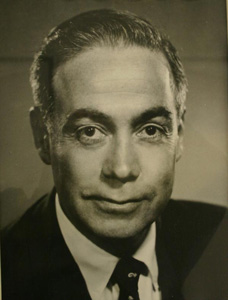
Former Pennsylvania Governor William W. Scranton. Photo courtesy of Pennsylvania State Archives.
This is surely an impressive list of subjects and the marker program continues its great work documenting and celebrating Pennsylvania’s rich history. If you are interested in learning more about the marker program or how to nominate a marker, you can always visit our website and check out this great post. As a quick reminder, marker applications are due by December 1 and subjects must have a documented statewide and/or national level of significance to be eligible.
Comment Policy
PHMC welcomes and encourages topic-related comments on this blog. PHMC reserves the right to remove comments that in PHMC’s discretion do not follow participation guidelines.
Commenters and Comments shall be related to the blog post topic and respectful of others who use this site.
Commenters and Comments shall not: use language that is offensive, inflammatory or provocative (this includes, but is not limited to, using profanity, obscene, or vulgar comments); disparage other commenters or people; condone illegal activity; identify the location of known or suspected archeological sites; post personal information in comments such as addresses, phone numbers, e-mail addresses or other contact details, which may relate to you or other individuals; impersonate or falsely claim to represent a person or an organization; make any commercial endorsement or promotion of any product, service or publication.
If you would like to comment on other topics not related to this blog post but related to PHMC, please fill out the PHMC Contact Us Form.
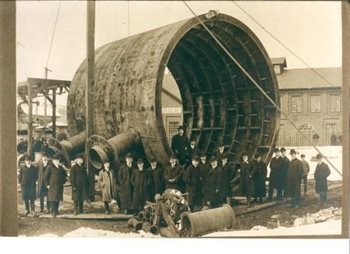
Leave a Reply